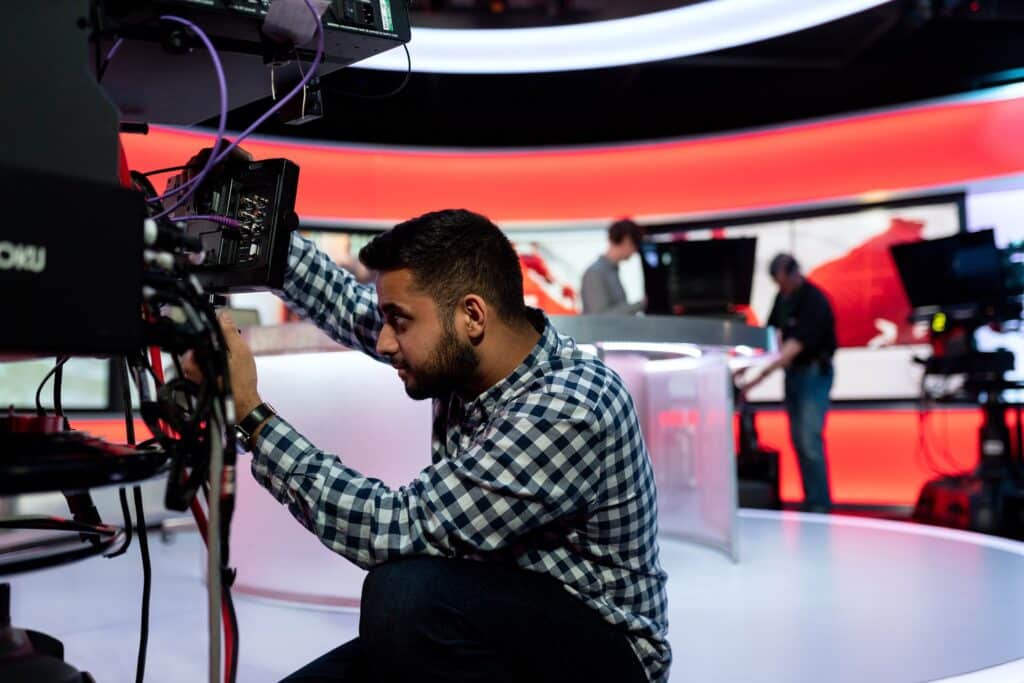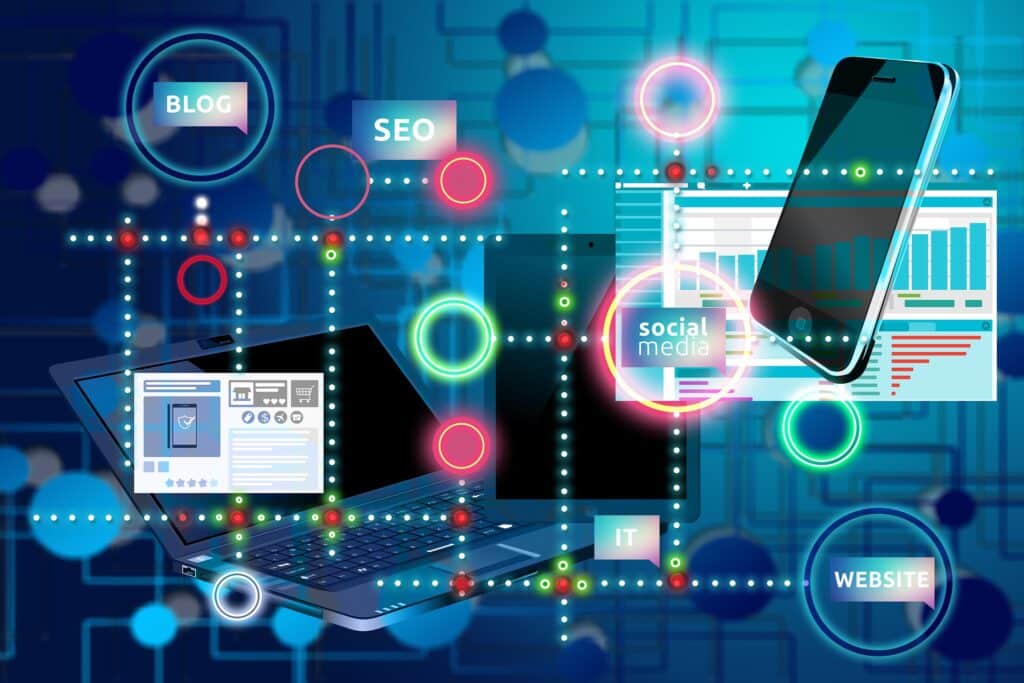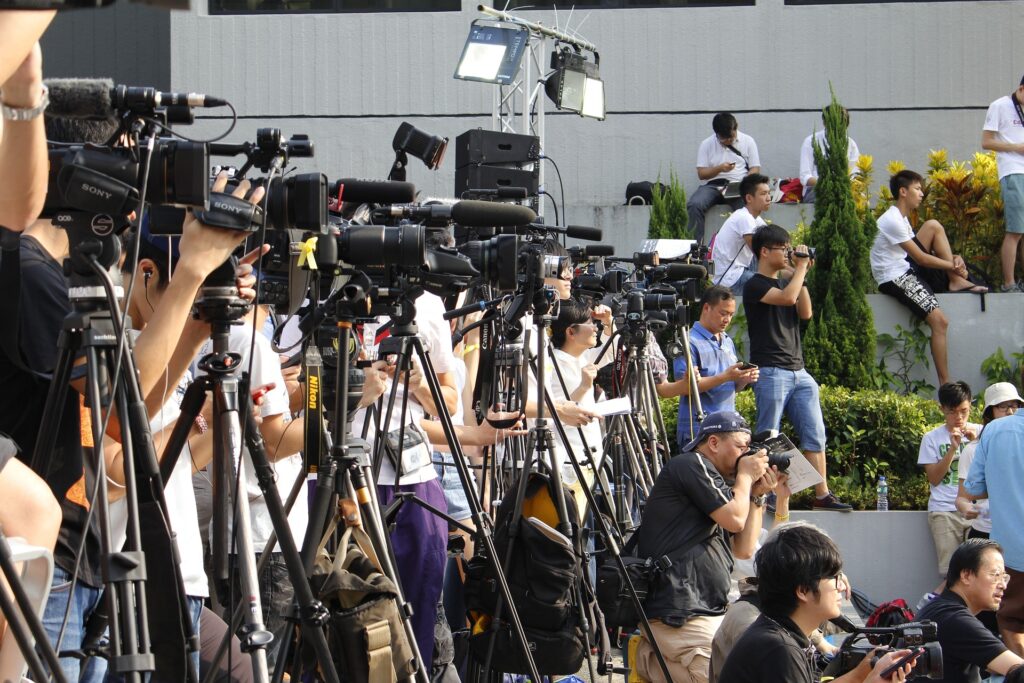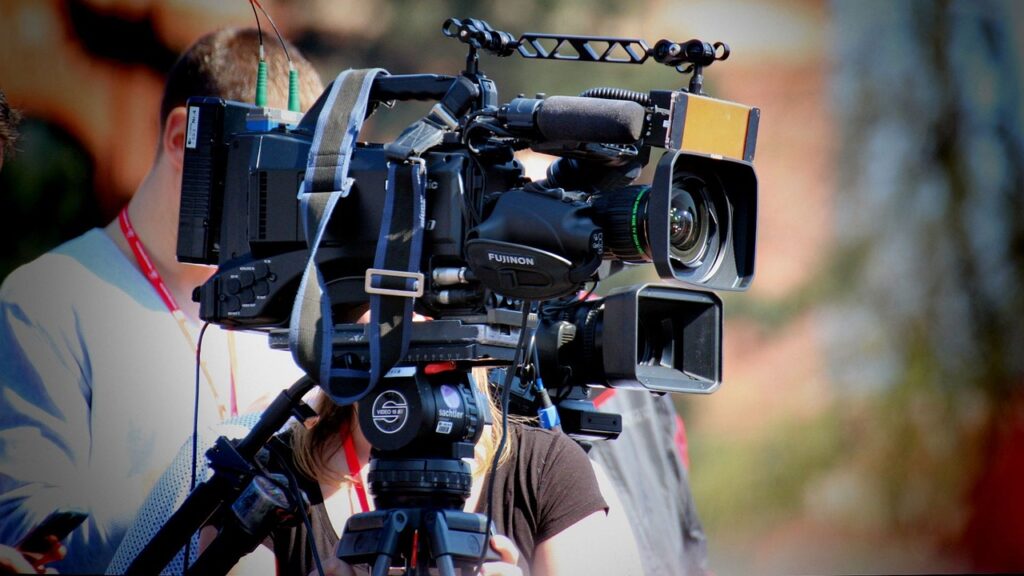Posted: February 10th, 2023
Media Bias Examples for Students

Media bias refers to the practice of journalists and media outlets presenting information in a manner that favors one political or ideological viewpoint over another. In today’s society, media bias has become a widespread concern as people rely on the media to gather information and form opinions. This has raised questions about the role of the media in shaping public opinion and whether it is fulfilling its responsibility to present balanced and objective information.
The rise of media bias can be traced back to the 1960s, when television became a dominant force in shaping public opinion. As media ownership became more concentrated in the hands of a few corporations, it was perceived that these corporations were using the media to advance their own interests and political views. In recent years, the rise of the Internet has created new opportunities for media bias, as anyone can now create and distribute content online.
There are several types of media bias that can be identified. Some of the most common forms include:
- Political bias: This refers to the media presenting information in a manner that favors one political party over another.
- Ideological bias: This refers to the media presenting information in a manner that favors one ideological viewpoint over another.
- Reporting bias: This refers to the media presenting information in a manner that is misleading or incomplete.
- Selection bias: This refers to the media choosing what information to present based on its political or ideological viewpoint.
The impact of media bias on society can be significant. It can shape public opinion, influence policy decisions, and even distort the outcome of elections. For example, media bias can lead to the marginalization of certain groups and individuals and the promotion of a particular political agenda. This can result in a situation where people are not exposed to a diversity of opinions and ideas, which is essential for a healthy democracy.
To address the issue of media bias, it is essential that media outlets strive to present balanced and objective information. This can be done by providing a range of perspectives, ensuring that all sides of an issue are covered, and avoiding sensationalism. Additionally, media literacy programs that help people understand how to critically evaluate information are becoming increasingly important.
In conclusion, media bias is a complex issue that has significant implications for society. It is important that media outlets be held accountable for their role in shaping public opinion and that people are equipped with the skills necessary to critically evaluate information. By working together, we can create a media landscape that is inclusive, diverse, and committed to presenting balanced and objective information.
Media bias and Propaganda

Media bias and propaganda are two significant concerns in today’s society as people rely on the media to gather information and form opinions. The rise of media bias and propaganda can be traced back to the concentration of media ownership and the increasing use of media for political and ideological purposes. The impact of these practices on society can be far-reaching and has raised questions about the role of the media in shaping public opinion.
Media bias refers to the practice of journalists and media outlets presenting information in a manner that favors one political or ideological viewpoint over another. This can take many forms, including political bias, ideological bias, reporting bias, and selection bias. The rise of media bias can be attributed to the concentration of media ownership and the increasing use of media for political and ideological purposes.
Propaganda, on the other hand, refers to the deliberate spreading of information to influence public opinion. Propaganda can be used to promote a political or ideological viewpoint, to mobilize support for a particular cause, or to demonize an opposing viewpoint. Propaganda often relies on emotional appeals and the manipulation of facts and images to create a particular image or narrative.
The impact of media bias and propaganda on society can be significant. They can shape public opinion, influence policy decisions, and even distort the outcome of elections. For example, media bias can lead to the marginalization of certain groups and individuals and the promotion of a particular political agenda. Propaganda, on the other hand, can create a false narrative and lead people to make decisions based on misinformation.
To address the issue of media bias and propaganda, it is essential that media outlets strive to present balanced and objective information. This can be done by providing a range of perspectives, ensuring that all sides of an issue are covered, and avoiding sensationalism. Additionally, media literacy programs that help people understand how to critically evaluate information are becoming increasingly important.
In conclusion, media bias and propaganda are complex issues that have significant implications for society. They can undermine the democratic process and distort public opinion. It is important that media outlets be held accountable for their role in shaping public opinion and that people are equipped with the skills necessary to critically evaluate information. By working together, we can create a media landscape that is inclusive, diverse, and committed to presenting balanced and objective information.
Media Bias Informative Essay

Media Bias Examples for Students
Media bias is a significant issue in today’s society as people rely on the media to gather information and form opinions. Media bias refers to the practice of journalists and media outlets presenting information in a manner that favors one political or ideological viewpoint over another. This can have a significant impact on society and has raised questions about the role of the media in shaping public opinion.
There are several types of media bias that can be identified. Some of the most common forms include:
- Political bias: This refers to the media presenting information in a manner that favors one political party over another. For example, a media outlet may consistently present information in a way that supports a particular political party, while ignoring or downplaying information that is unfavorable to that party.
- Ideological bias: This refers to the media presenting information in a manner that favors one ideological viewpoint over another. For example, a media outlet may present information in a manner that supports a particular ideology, while ignoring or downplaying information that contradicts that ideology.
- Reporting bias: This refers to the media presenting information in a manner that is misleading or incomplete. For example, a media outlet may present information in a way that supports a particular political or ideological viewpoint, while ignoring or downplaying information that contradicts that viewpoint.
- Selection bias: This refers to the media choosing what information to present based on its political or ideological viewpoint. For example, a media outlet may choose to present information that supports a particular political or ideological viewpoint, while ignoring or downplaying information that contradicts that viewpoint.
The impact of media bias on society can be significant. It can shape public opinion, influence policy decisions, and even distort the outcome of elections. For example, media bias can lead to the marginalization of certain groups and individuals and the promotion of a particular political agenda. This can result in a situation where people are not exposed to a diversity of opinions and ideas, which is essential for a healthy democracy.
To address the issue of media bias, it is essential that media outlets strive to present balanced and objective information. This can be done by providing a range of perspectives, ensuring that all sides of an issue are covered, and avoiding sensationalism. Additionally, media literacy programs that help people understand how to critically evaluate information are becoming increasingly important.
In conclusion, media bias is a complex issue that has significant implications for society. It is important that media outlets be held accountable for their role in shaping public opinion and that people are equipped with the skills necessary to critically evaluate information. By working together, we can create a media landscape that is inclusive, diverse, and committed to presenting balanced and objective information.
Does mass media cause bias in its audience?

The role of mass media in shaping public opinion has been a subject of debate for many years. While some argue that mass media has the potential to cause bias in its audience, others believe that it is the individual’s responsibility to critically evaluate the information presented. In this essay, we will examine both sides of the argument and explore the evidence for and against the idea that mass media causes bias in its audience.
On the one hand, there is evidence to suggest that mass media does have the potential to cause bias in its audience. For example, studies have shown that the way in which news is presented can have a significant impact on how people perceive a particular issue or event. For instance, research has found that the media often present events and issues in a way that reflects their own political or ideological biases. This can result in the presentation of a skewed perspective, which can shape public opinion.
Furthermore, mass media has the ability to influence public opinion through its use of framing, which refers to the way in which information is presented to the public. Framing can be used to highlight certain aspects of an issue, to downplay others, or to create a particular narrative. This can result in a biased presentation of information, which can have a significant impact on how people perceive a particular issue.
On the other hand, some argue that mass media does not cause bias in its audience. Instead, they believe that it is the responsibility of the individual to critically evaluate the information presented. For example, some argue that people have the ability to recognize and reject biased information, and that the media is merely a tool that can be used to gather information. Additionally, some argue that the media can serve as a watchdog, checking the actions of those in power and providing a platform for dissenting voices.
In conclusion, the evidence for and against the idea that mass media causes bias in its audience is mixed. While there is evidence to suggest that mass media has the potential to shape public opinion, there is also evidence to suggest that individuals have the ability to critically evaluate the information presented. Ultimately, the role of mass media in shaping public opinion will depend on a number of factors, including the quality of journalism, the diversity of media outlets, and the critical thinking skills of the audience.

Need Help Writing an Essay?
Are you struggling to write a high-quality essay? Look no further! Our website offers the best essays that are tailored to meet your needs.
Our team of experienced writers is dedicated to providing you with top-notch essays that are well-researched, well-written, and error-free. We understand the importance of submitting high-quality work and we are here to help you achieve that.
We offer a wide range of essay topics to choose from, including but not limited to: education, technology, business, health, and more. Our writers are experts in their fields and are capable of providing in-depth analysis and insightful commentary on any topic.
We also understand that plagiarism is a major concern for students. That’s why we guarantee that all of our essays are 100% original and plagiarism-free. We use advanced plagiarism detection software to ensure that your essay is unique and of the highest quality.
In addition, we offer a fast turnaround time and affordable prices. We understand that students are often working on tight deadlines and that’s why we guarantee that your essay will be delivered on time. We also offer a money-back guarantee if you are not satisfied with your essay.
So why wait? Order the best essays on our website today and take the first step towards achieving academic success! You will not regret it!
Expert paper writers are just a few clicks away
Place an order in 3 easy steps. Takes less than 5 mins.